The open-side jeep hugs the hillside, trundling up an unpaved road to a height of nearly 1,500 feet above sea level. The engine whines, and the gearbox crunches, as our driver nonchalantly navigates the narrow curves. Through the jeep’s canvas flaps, a sea of emerald tea plantations undulates hundreds of feet down to the manmade Castlereagh Reservoir.
We grind to a stop and continue our climb on foot. Two men in crisp grey shirts and chequered black-and-white sarongs climb the rock steps ahead of us, carrying stacked steel tiffin and a large cooler.
Finally, my partner and I arrive at our destination: a thatched-roof hut with a dirt floor, a wooden bench and a sweeping view of the fabled tea country in Sri Lanka’s Central Highlands. It’s the kind of makeshift hut that estate managers of colonial-era tea plantations would shelter in at mid-day, to survey their workers over a packed lunch.
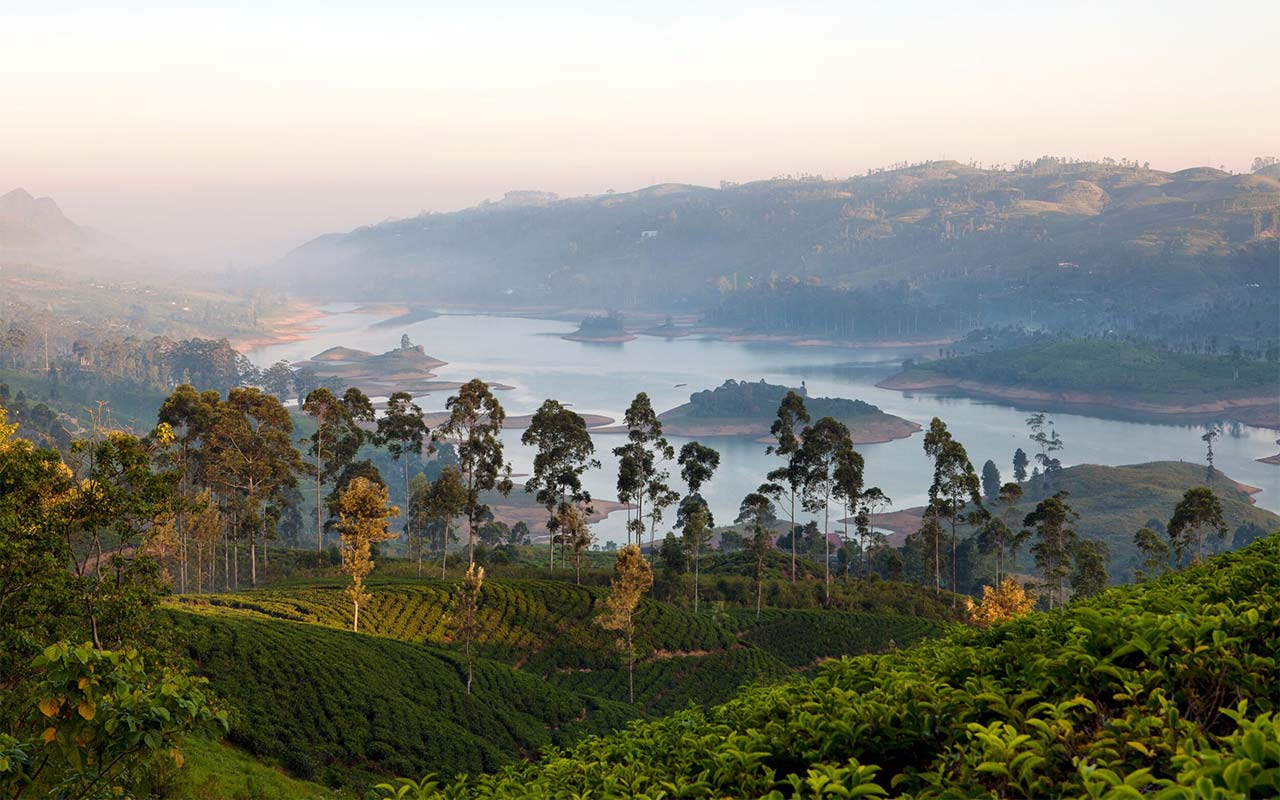
Our lunch today is far more luxurious. Our tiffins unstack to reveal crunchy green salad, warm multigrain rolls and a fillet of barramundi, poached in a curry broth and served on a bed of high-quality local vegetables. To drink, our servers have popped open a light red, a bottle of local Lion beer and sparkling water.
Called the Planters’ Lunch, this is an exclusive guest experience offered by Ceylon Tea Trails, a luxury property that manages five restored tea planters’ bungalows scattered across Bogawantalawa Valley. This picnic outing is a nod to the country’s colonial-era tea history – as is much of the experience during our stay.
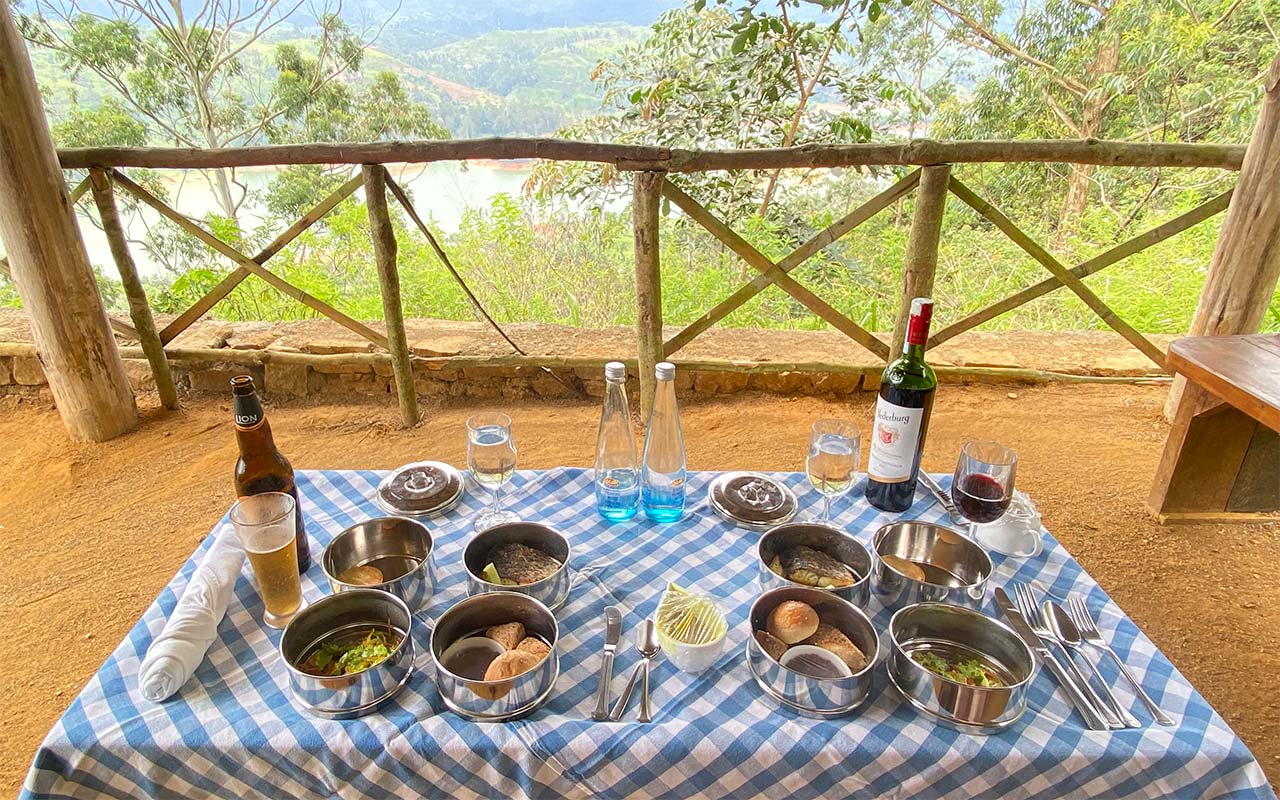
Our suite back at Castlereagh Bungalow, for instance, is furnished with a four-poster teak bed draped in fine netting, rose-upholstered wingback armchairs and an enormous bathroom with twin sinks and black and white tiles.
Our days are punctuated by high tea in the garden, cocktail hour in the parlour and made-to-order dinners on the veranda, while the charismatic Singh Daniel, our personal butler, sees to our meals and activities. In this remote corner of Sri Lanka that few get to see, we find ourselves ensconced in the creature comforts of a complicated chapter in local history.
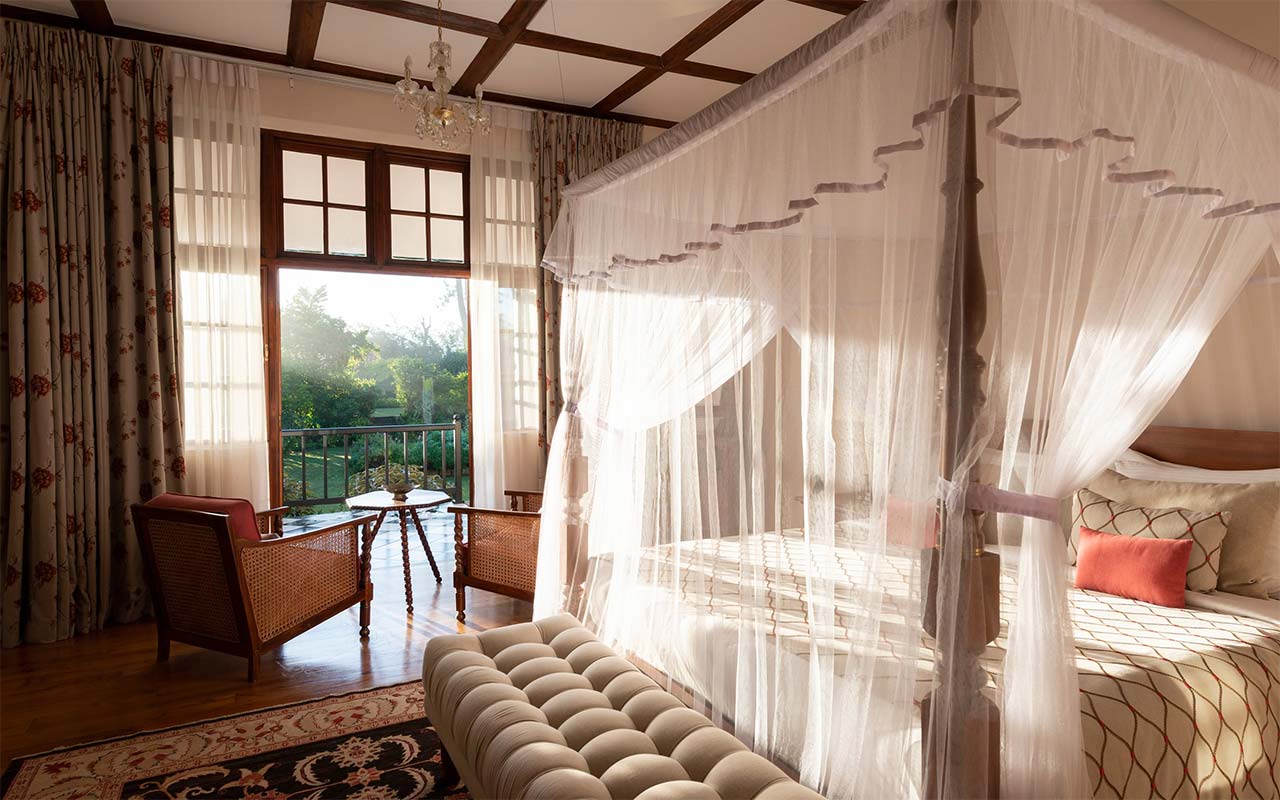
Tracing the legacy of tea
Sri Lanka’s coffee, and then tea, industries were established during the 19th century by the British during colonial rule. Since then, the tea industry has been and remains an essential part of Sri Lanka’s development. Sri Lanka is the second-largest exporter of tea in the world today, after China. The industry indirectly employs close to a million people. And as the economy claws its way back from a pandemic, political upheaval and crushing inflation, the tea industry accounts for 12–14% of export revenue and 4% of the GDP.
Malik Fernando, managing director of Resplendent Ceylon, the Sri Lankan hospitality group that owns and operates Ceylon Tea Trails as well as two other luxury properties, comments, “Many of our railways, roads and harbours, as well as banks and insurance companies – all of that was developed on the colonial roots of tea. This was our history. And now, it’s being used for what is genuinely a very Sri Lankan enterprise.”
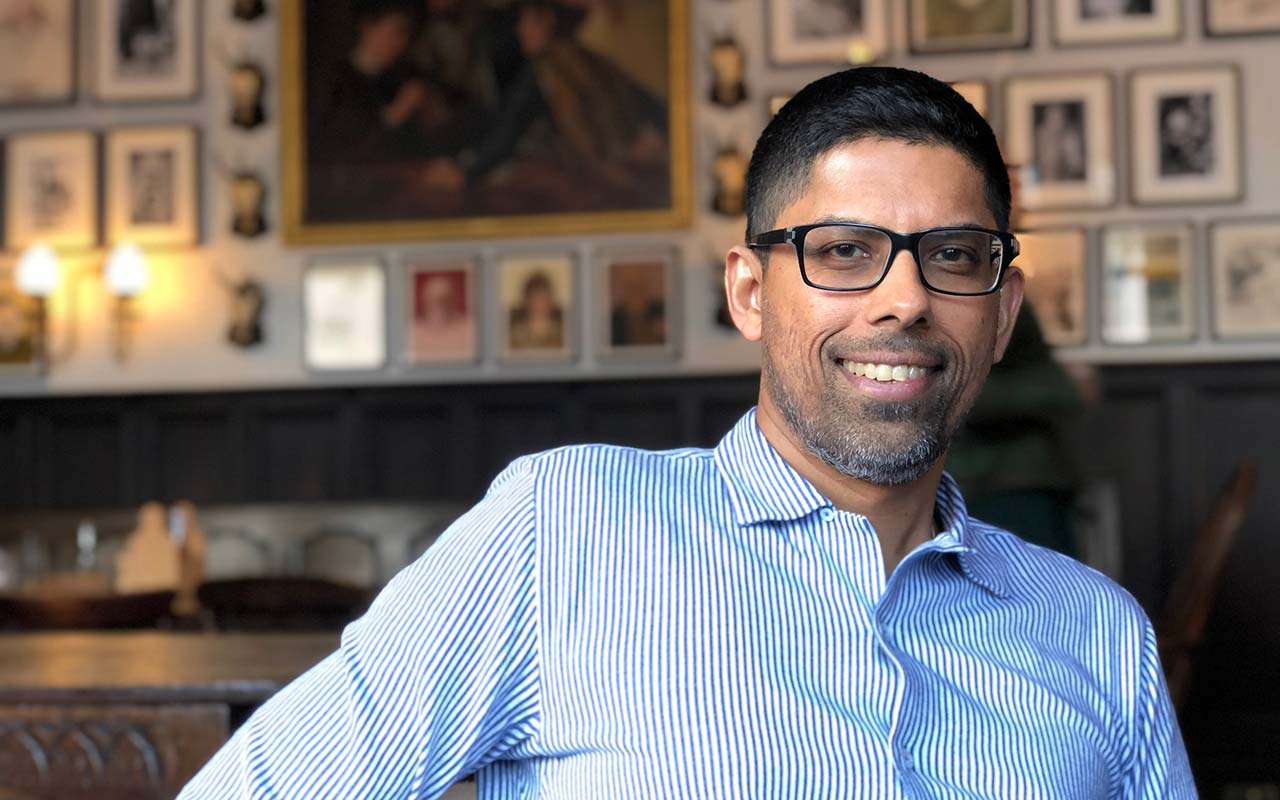
Malik is referring not only to Ceylon Tea Trails, but also its parent company, Dilmah Tea Company, the 10th-largest tea brand in the world. Founded in 1988 by Merrill Fernando – Malik’s father, who passed away in 2023 – the company eschewed producing wholesale tea for international corporations and instead built a high-value Sri Lankan brand with international prestige.
“Adding value to Ceylon tea was driven by the need to make a margin in order to give back,” Malik explains. That giving back has happened in many ways. Dilmah Tea Company has founded charitable subsidiaries such as the MJF Foundation, which works with vulnerable communities in Sri Lanka, and the wildlife-focused Dilmah Conservation. A private consortium of tea companies in the area – including Dilmah – have established the Peak Ridge Corridor, an 18km strip of land above the plantations that connects much-needed leopard habitats.
The trickle-down effect of tea’s continued success also boosts tourism, another major industry in Sri Lanka. Tea is, in fact, the basis of the visitor experience at Ceylon Tea Trails. In addition to the Planters’ Lunch we enjoy, guests can tour Dilmah’s nearby Dunkeld Tea Factory, where tea leaves are processed end-to-end, and enjoy an elaborate guided tea tasting. There’s also the option of a multi-course tea-infused dinner, and scenic walks through tea country, thanks to a handful of signposted walking trails.
And while the trappings of the bungalows are decidedly British, local pride – and Resplendent Ceylon’s investment in Sri Lankan talent – is front and centre during our stay. The staff we encounter – from butlers Singh Daniel and Priyadarshana Somarathna to operations manager Chaminda Keragala – are all Sri Lankan. Our butler at Castlereagh Bungalow, Samantha Wijekoon, started as a house attendant seven years ago, and worked his way up to the top job.
The future of tea, boosted by tourism
One misty morning, we take a pre-breakfast walk on the eponymous tea trails. Unlatching a green gate on the edge of Castlereagh Bungalow’s lawns, we amble out onto narrow trails that wind and rise sharply towards the forested ridge.
The cool mountain air is tinged with wood smoke, and children in white uniforms seem to float among the tea bushes their way to school down the hill. Some stop to wave and say hello, both shy and eager. We spot a pair of women in crisply pleated saris clutching satchels over their shoulders, and guess that they are teachers. Downhill from our bungalow, long rows of houses, shops and tuk-tuks mark the significant tea-picking communities that live on and around the estates.
Later in the morning, just a short walk uphill from Castlereagh Bungalow, our guide Hashan Hettiarachchi walks us through Dilmah’s Dunkeld Tea Factory. As with the rest of our experience at Ceylon Tea Trails, the tour feels like a time warp, albeit more industrially inflected.
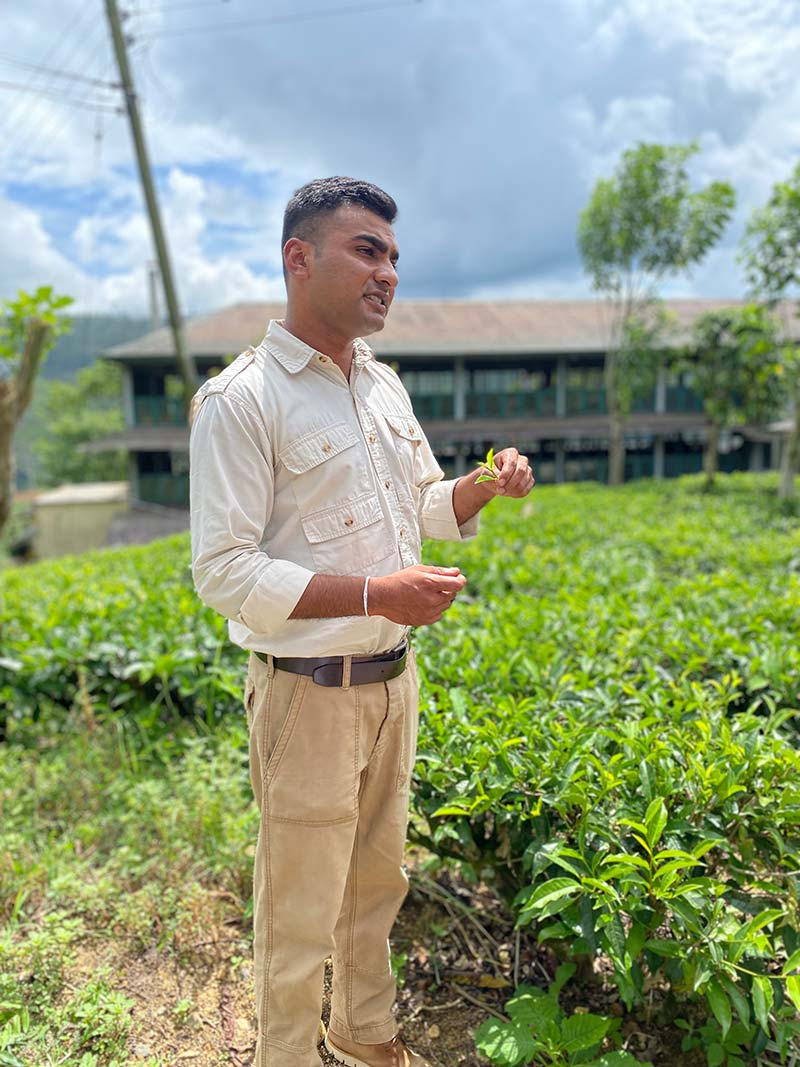
Vast, rattling machines – each bearing the name of the veteran worker responsible for its day-to-day performance – dry out freshly picked tea leaves before grinding and sifting them into various grades. In the lush estate surrounding the factory, ageing female tea pickers pluck their daily quota of leaves just as they have done for over a century.
After the tour, over a sun-drenched tasting of various grades of Sri Lankan tea, Hashan sheds light on the changing social and economic conditions impacting tea pickers and the industry as a whole. Robust union bargaining has long safeguarded entitlements for tea pickers such as fixed wages, output caps and basic necessities. Dilmah Tea Company, for example, pays pickers a daily wage of US$3, and provides twice-weekly rations, housing and electricity, primary school education for children and a doctor on site.
But with easy access to towns and cities, growing job opportunities and, most recently, devastating inflation from last year’s economic crisis, there’s a steady exodus from the isolated life of the tea estate. Where once it was common for daughters to take up tea-picking from their mothers, young women are increasingly choosing to work in hospitality, garment manufacture and other fields.
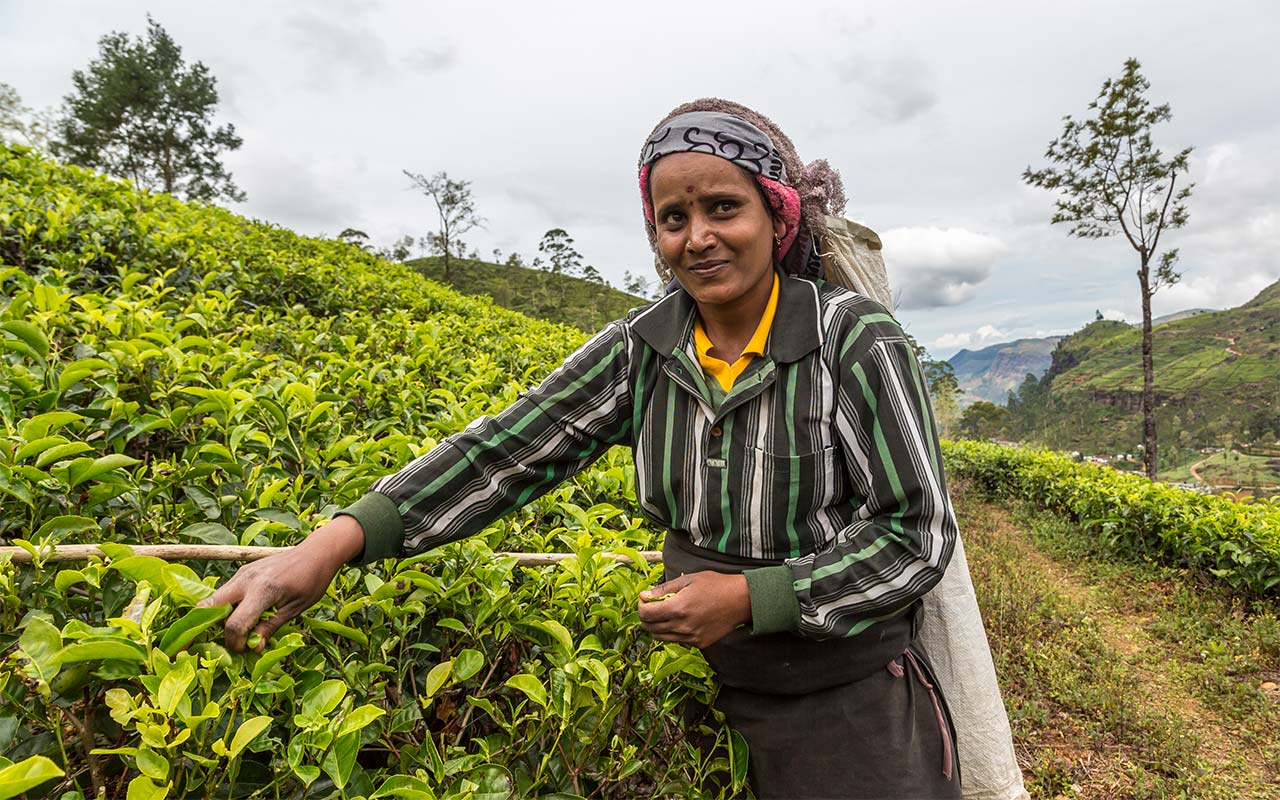
At the same time, changing market landscapes and Sri Lanka’s ancient heavily regimented tea auction system make it difficult for tea producers to make a profit, and cost-cutting measures are unsavoury. “We can’t replace workers with machines,” Hashan says, “or else too many jobs will be lost.”
Worker welfare aside, a large part of both luxury and budget tourism continues to rely on the romance of Sri Lanka’s tea country.
Tea, trails and an evolving tourism landscape
The recent launch of the Pekoe Trail, named after the highest grade of South Asian tea, is one example of how tourism is linked to Sri Lanka’s tea heritage. This 300km-long walking trail winds through the country, and takes hikers through tea plantations, river valleys and forested hills.
In doing so, it opens up opportunities for travellers to encounter the eco-lodges, bungalows and hotels dotted across the country – diversifying tourism options beyond the lure of Sri Lanka’s tried-and-true coastal beaches and wildlife parks.
Ceylon Tea Trails’ bungalows are themselves close to the Pekoe Trail route, with the closest one – Norwood Bungalow – being nine minutes’ walk from the trailhead of Stage Eight of the trail.
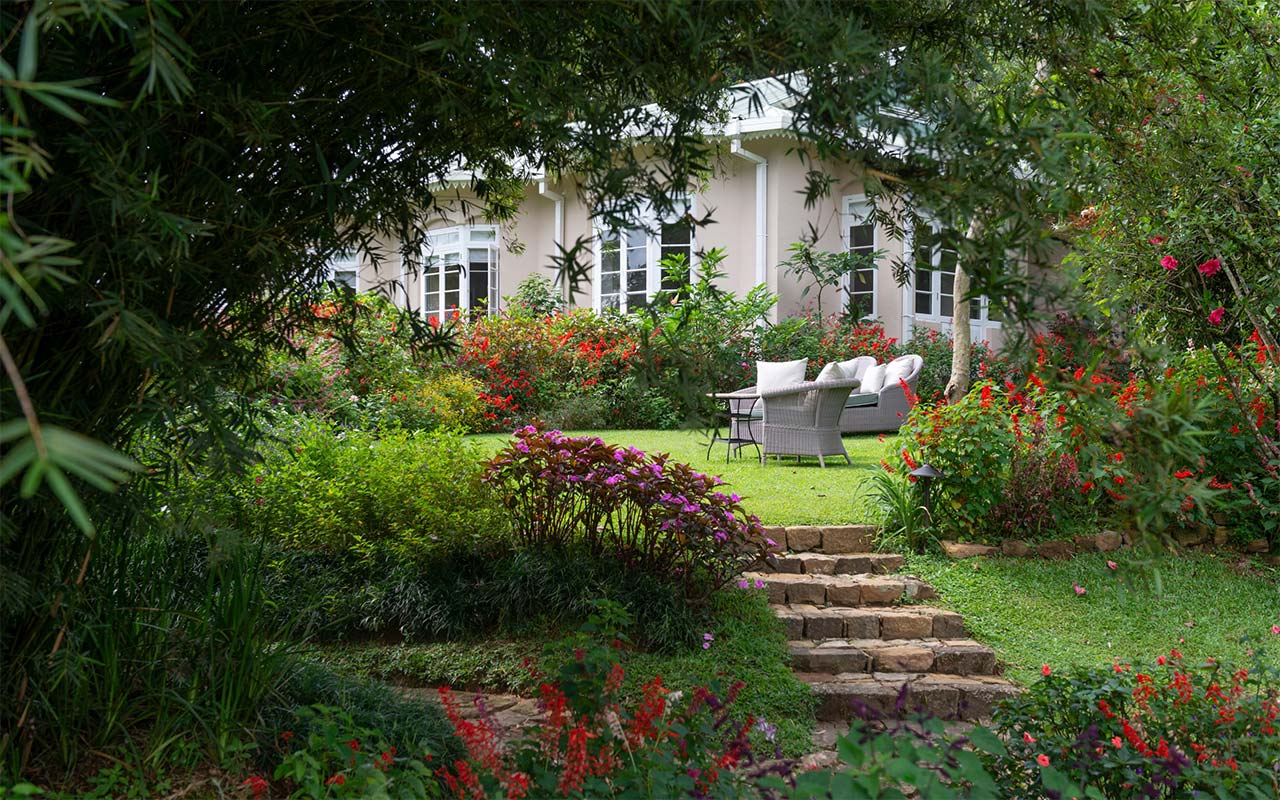
As Sri Lanka finds its footing in its post-bailout, post-pandemic reality, it may be that the entwinement between its past and present, tea and tourism, that reveals a way forward – even as it offers visitors like me an idyllic, romanticised moment in the past.
For more information on Singapore Airlines flights to Colombo, visit the official website.
The post Reading the tea leaves on Sri Lanka’s next chapter appeared first on SilverKris.
from SilverKris
No comments:
Post a Comment